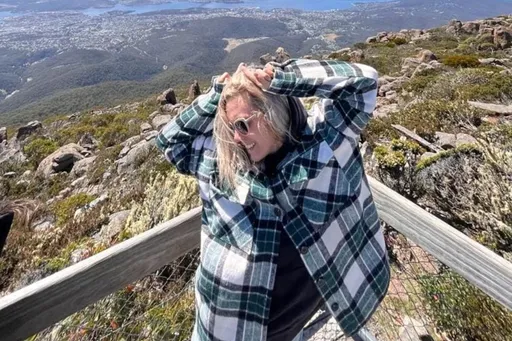Honey bees, bumble bees and solitary bees – all bees are important in the eyes of The United States Department of Agriculture (USDA) Agricultural Research Service (ARS), which is heading a project called “Beenome100” that aims to prepare high-quality maps of the genomes of at least 100 bee species.
The project plans to reflect the diversity of bees in the US, representing each of the major bee taxonomic groups in the country.
The US is home to about 4,000 native bee species with varying size ranges; from the giant, colourful Sonoran bumblebee – with workers between 14 to 18 mm long and queens even larger – to the tiny solitary bee Perdita minima that is less than 2 mm long.
In addition to these thousands of native species, there are more than 55 non-native bee species in the US, some of which are vital for agriculture, including the European honey bee and the alfalfa leaf cutter bee.
“An aim of Beenome100 is to create a first-of-its-kind library of high-quality, highly detailed genome maps that will help researchers answer the big questions like what genetic differences make some bee species more vulnerable to climate change or whether a bee species is likely to be more susceptible to a pesticide,” explained entomologist Jay Evans with the ARS Bee Research Laboratory in Beltsville, Maryland, and co-lead of the project.
Once a genome is mapped, the data within is made available to scientists who work on the next stage of the project: linking functions to specific genes. The data is contained in the “"i5k Workspace@NAL," an online “toolshed” at ARS National Agricultural Library, a gallery that lets researchers from various organisations collaborate on bioinformatics.
There are many reasons why having these genomic maps covering the taxonomic diversity of bees are useful tools, added entomologist Michael Branstetter with the ARS Pollinating Insect-Biology, Management, Systematics Research Unit in Logan, Utah. Upon his return from a recent trip to southern Arizona, he brought back as many as 80 species that have been frozen, several of which will have their genome sequenced to become part of the Beenome100 library.
“It can be difficult to ID bees in the field, especially the tiny species. When endangered bee species are present, we need to be cautious about collecting too many individuals in our efforts to survey for them, and this risk is likely growing” Branstetter said.
“But with their genome documented, flowers may be able to be swabbed for the DNA of bees that have visited, and this information could be used to non-destructively monitor species.”
For example, the Franklin’s bumble bee hasn’t been observed in nature in its narrow range in southern Oregon and northern California. Scientists mapped its genome from museum specimens. If the system described by Branstetter works, and matching DNA is discovered in a flower swab, that would be documented proof of finding a particular bee like the Franklin’s bumble bee without taking a specimen from the wild.
On a larger scale, the bee genomes will allow for a better understanding of how bees as a whole belong to their environment and how they vary and change with it from the evolution of specialisation between bee species and particular flowers to the impact of non-native bee species, a news release explains.
“Take the threatened Mojave poppy bee, a quarter-inch-long [6.35 mm] desert bee native to parts of Utah, Nevada and California, where it is a very important specialist pollinator of the endangered Las Vegas bearpoppy and the dwarf bearclaw poppy. And it belongs to a taxonomic family that hasn’t ever been sequenced for genomics,” Branstetter said.
Branstetter says he hopes to get a clearer answer to the question of what the genetic basis for this specialist trait is, and how it evolved, by learning more about the genes of the Mojave poppy bee.
In Arizona, Branstetter was particularly interested in collecting an unusual type of bee to add to Beenome100: parasite cuckoo bees, a group of solitary bee species that, just as the cuckoo bird does with other birds’ nests, lays eggs in other bees’ nests.
Parasite cuckoo bees were believed to be quite rare, but Branstetter was proven wrong during his recent trip.
“We found not just one or two, they were abundant. We found specimens of parasite bees from three different genera,” he said.
That may be some of the most important information to come from the Beenome100 Project, said Branstetter: “Information that will teach us more about what bees we really have in our environment and how better to conserve the bees we have.”
























